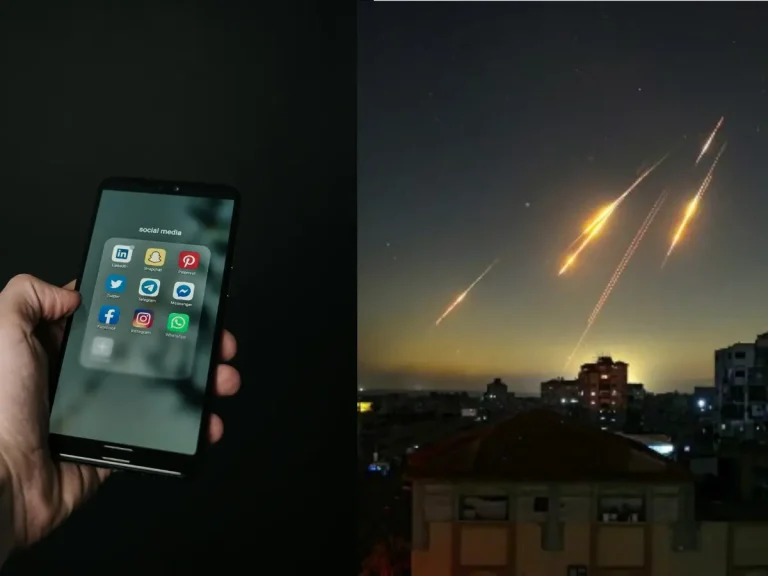In the digital age, the spread of misinformation has become a critical challenge, amplified by the very nature of social media. While platforms like Twitter, Facebook, and Instagram offer unprecedented connectivity, they also facilitate the rapid dissemination of false or misleading information, often outpacing the truth. This phenomenon poses significant risks during geopolitical crises and conflicts, as seen in recent events involving India and Pakistan, Iran and Israel, and most notably, Russia and Ukraine. The ease with which manipulated content can be created and shared, combined with the algorithms that prioritize engagement over accuracy, creates a perfect storm for misinformation to thrive.
The architecture of social media platforms inherently favors virality over verification. Anyone can post anything, reaching millions within minutes, without any fact-checking mechanisms in place. Algorithms designed to maximize engagement often prioritize content that evokes strong emotions, such as outrage or fear, which unfortunately aligns perfectly with the nature of misinformation. False narratives tend to be more sensational and emotionally charged than factual reporting, giving them an edge in the competition for attention. Furthermore, the existence of echo chambers, where individuals primarily interact with like-minded users, reinforces existing beliefs and transforms misinformation into perceived “common knowledge” within those groups.
This dynamic is particularly dangerous during times of conflict or crisis, when emotions run high and people are desperate for updates. The India-Pakistan tensions surrounding the 2019 Balakot airstrikes saw a deluge of manipulated videos and images, presented as breaking news, fueling public anger and exacerbating the conflict. Similarly, escalating tensions between Iran and Israel have been accompanied by a wave of mistranslations, doctored photos, and even AI-generated images depicting fictional battles. While some of this misinformation was eventually debunked, the retractions rarely reached the same audience as the original falsehoods, leaving a lasting impact on public perception.
The Russia-Ukraine war stands as a stark example of the weaponization of disinformation on an unprecedented scale. Deepfake videos, recycled footage from previous conflicts presented as current events, and fabricated casualty figures have been widely circulated, often by state-sponsored actors, with the deliberate aim of manipulating public opinion and shaping the global narrative. This sophisticated and coordinated disinformation campaign has blurred the lines between fact and fiction, making it exceedingly difficult for individuals to discern the truth amidst the overwhelming noise.
The consequences of this misinformation epidemic extend far beyond the geopolitical arena, impacting individuals from all walks of life. Journalists have been targeted with online harassment and their credibility undermined through doctored quotes and out-of-context screenshots. Celebrities and public figures have been subjected to public backlash based on fabricated statements, while ordinary citizens have been wrongly identified in viral videos, leading to real-world consequences. In this climate of fear and uncertainty, even silence can be misconstrued as taking sides, leaving individuals feeling trapped and vulnerable.
Ultimately, while social media platforms are not inherently malicious, their design makes them susceptible to manipulation and the spread of misinformation. In times of conflict, truth often becomes the first casualty, and the algorithms that prioritize speed over accuracy exacerbate this problem. Navigating this digital landscape requires a new form of literacy – the ability to critically evaluate information and distinguish fact from fiction in the blink of an eye. Whether you are a journalist, a politician, or simply a social media user, the power of a single post to make or break your reputation cannot be overstated. In this digital age, caution and critical thinking are paramount, as a single ill-advised post can have far-reaching and irreversible consecuencias.


